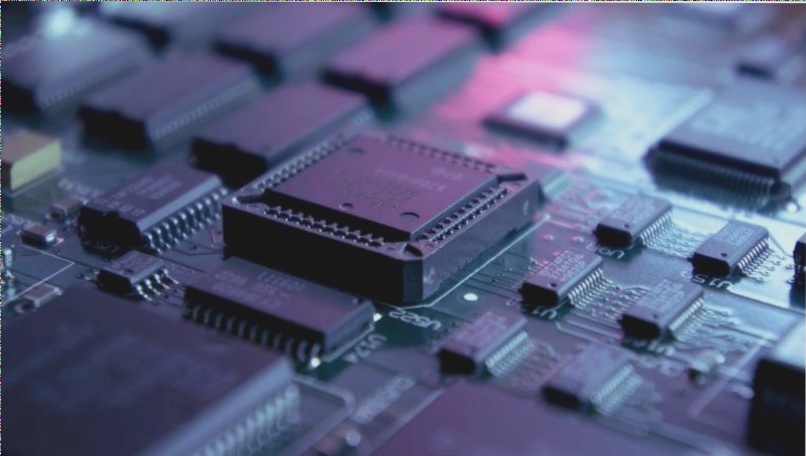Advantages and Disadvantages of Epoxy-Glass Cloth in Printed Circuit Boards
Epoxy-glass cloth is the most commonly used material in metallized hole circuit board factories. It offers dimensional stability suitable for high-density circuits, minimizing cracks in metallized holes. The material is also ideal for rigid multilayer printed circuit boards due to its good dimensional stability and availability in the semi-cured prepreg stage.
Advantages:
- Dimensional stability for high-density circuits
- Minimization of cracks in metallized holes
- Suitable for rigid multilayer circuit structures
Disadvantages:
One drawback of epoxy-glass cloth laminate is its difficulty in punching within the usual thickness range of printed boards in circuit board factories. As a result, all holes are typically drilled, and a milling operation is performed to create the printed board appearance.
Temperature Resistance Variation:
In mechanical applications, the temperature resistance of printed board materials in circuit board factories varies with the material thickness.
Warpage and Distortion:
Warpage or distortion of etched printed boards can be caused by the manufacturing process or conductor pattern arrangement, but it is more commonly seen during the production of copper clad laminate.
Minimizing Warpage:
Designers can reduce warpage effects in two ways:
- Optimizing the manufacturing process
- Ensuring proper conductor pattern arrangement



